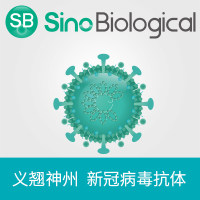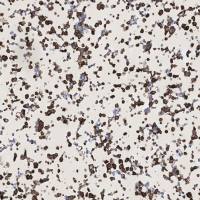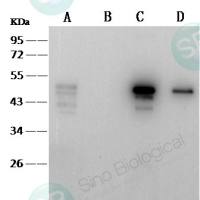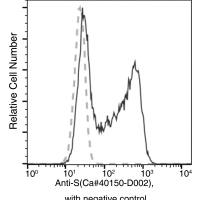Recent Developments in Antibody Engineering
互联网
2189
Rapid growth in the field of antibody engineering occurred after it was shown that functional antibody fragments could be secreted into the periplasmic space and even into the medium of Escherichia coli by fusing a bacterial signal peptide to the antibody’s N-terminus (1 ,2 ). These findings allowed scientists to transfer the principles of the immune system for producing specific antibodies to a given antigen into a bacterial system (3 ). It was now possible to establish antibody libraries in E. coli that could be directly screened for binding to antigen. This was accomplished at first by transforming E coli with plasmids containing polymerase chain reaction (PCR)-amplified immunoglobulin families from the lymphocytes of immunized mice. Immunogen-reactive recombinant antibodies were then selected by an enzyme-linked immunosorbent assay (ELISA) of the bacterial supernatant from isolated bacterial colonies (4 ). This procedure was subsequently improved upon by inserting the antibody operon into bacteriophage λ. Antibody libraries were then able to be efficiently transfected into E. coli and plaque lift-offs of lysed bacterial colonies on nitrocellulose could be screened for reactivity to a radioactive labeled immunogen (5 –7 ).









